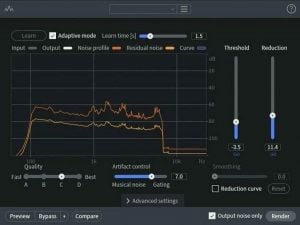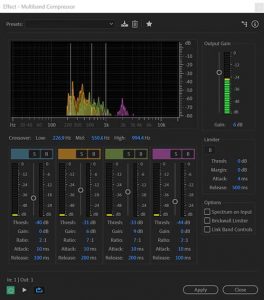What is Forensic Audio Enhancement?
When attorneys are looking for forensic audio enhancement services in New York, they turn to Al Zlogar Forensics Inc. Forensic audio enhancement is the process of improving the listenability and ability to understand the acoustic signals of interest in order to allow the Trier of Fact to hear events that occur in a recording.
Al Zlogar Forensics follows best practices and uses the tools accepted in the scientific community. iZotope RX has filters that still amaze us. For example, De-Reverb removes the excess room tone that interferes with the intelligibility of the words spoken. In addition, we also use Adobe Audition, another program often used for forensic audio enhancement services. We provide forensic audio enhancement services in New York and other cities around the country.
In addition to audio enhancement we also provide forensic video clarification and forensic audio authentication services.
Critical Listening
Generally, the critical listening process allows Al Zlogar to identify, analyze, and document the time, frequency, and amplitude content to various sources of noise masking the signal of interest.
To clarify, you would say a poor quality audio recording has a low signal-to-noise ratio, the volume of the signal of interest and the volume background noise are almost equal. Al Zlogar’s goal is to enhance audio recordings so that the judge and jury can better understand the events that occur within in the audio recorded evidence.
To explain, the audio enhancement process typically results in a higher signal-to-noise ratio, and aims to improve the intelligibility of the voice signal in a recording.
Listen to before and after forensic audio enhancement recordings taken from actual cases.


Do you have Unwanted Noise and Interference in your recording?
When conducting forensic analysis of voice recordings, identifying the category of noise helps the investigator use the correct filters to improve the ability to understand words spoken in a recording. There are four classifications of noise: